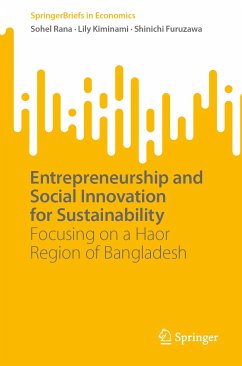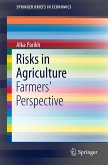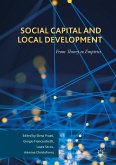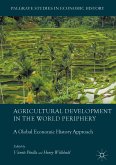First, the results clarify that social capital is critically important both for male and female entrepreneurs in the haor region, and that education is more important to women for empowerment and technology adoption in the entrepreneurial ecosystem in the haor region of Bangladesh. In addition, it makes clear that the Common Interest Group approach plays a role for women's empowerment in the target region. Furthermore, it identifies the multi-causal relationships among the factors affecting farm households' performance in disaster risk management at the community level.
This book helps readers to understand regional development through social and cultural transformation in a rural community where poverty and gender discrimination are path-dependent problems.
Dieser Download kann aus rechtlichen Gründen nur mit Rechnungsadresse in A, B, BG, CY, CZ, D, DK, EW, E, FIN, F, GR, HR, H, IRL, I, LT, L, LR, M, NL, PL, P, R, S, SLO, SK ausgeliefert werden.









